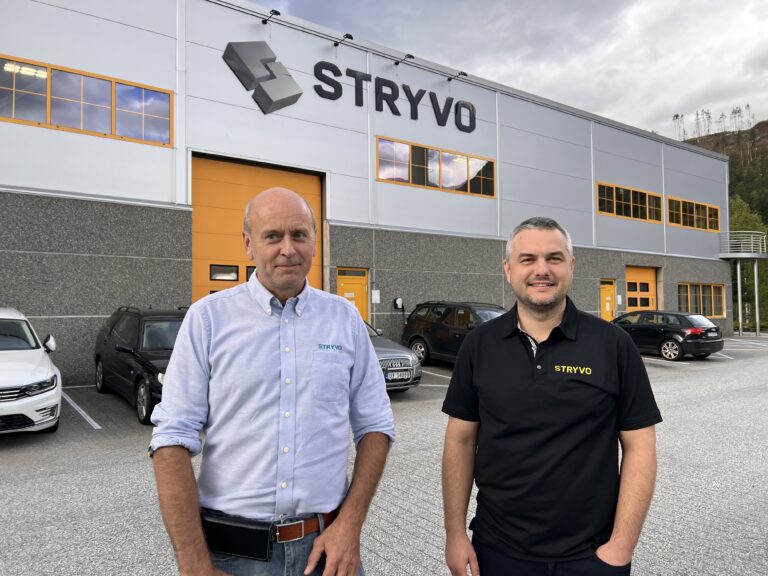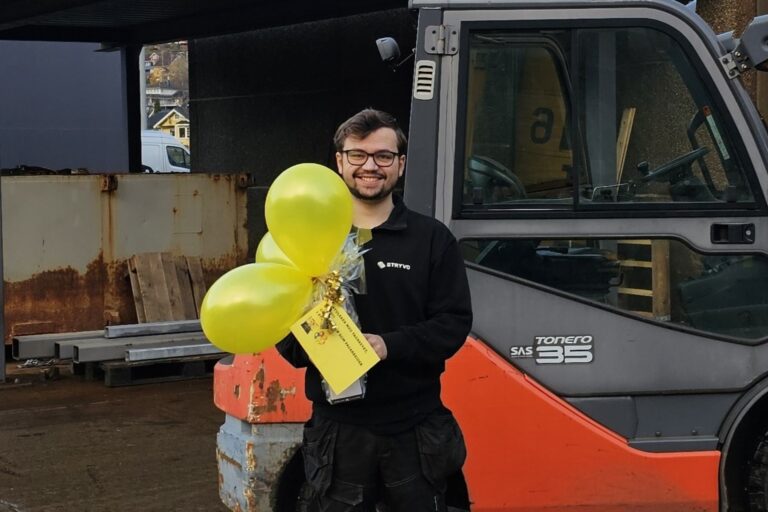The Industry’s Critical Resource
The labor market in the industrial sector is facing major challenges, with a shortage of approximately 3,000 workers. As the demand for qualified labor continues to grow, placement students could become a critical resource to ensure the industry’s future.
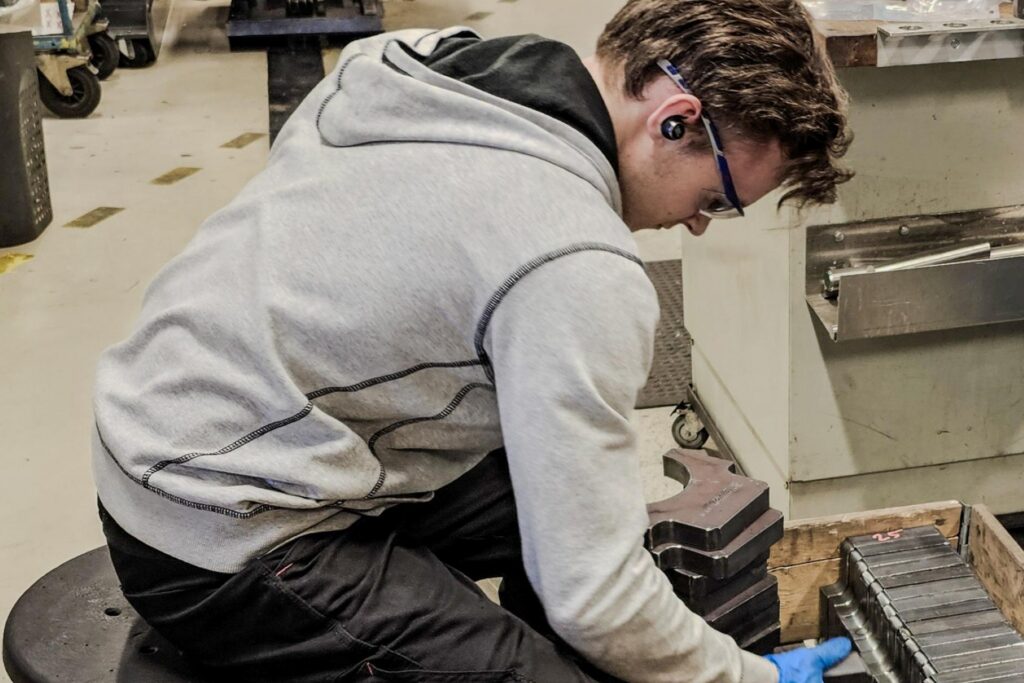
There are around 27,000 employees in the metal and metal goods industry in Norway, accounting for 12 percent of the industrial workforce. The sector contributes nearly three percent of Norway’s total GDP, and many of its products and services are essential to other industries both in Norway and globally.
With 69 percent of industrial companies in NHO reporting an unmet need for skilled labor, we are facing a serious challenge that could become critical for the industry—unless action is taken.
To address this challenge, Stryvo has chosen to invest in young talents through placement programs and apprenticeship schemes. And in 2024, they’re really stepping up!
Placements Provide Crucial Practice and Experience.
At the workshop in Stryn, Jonas Eide, head of the machining department, has a full program for the placement students from Eid Upper Secondary School and Stryn Upper Secondary School. Together with Sivert Lillestøl, they are currently working on turning and milling parts for a customer.
─ Here at Stryvo, I’ve been able to try hands-on tasks within my field. I’ve also gotten a glimpse of how working life actually functions, says Sivert.
Placement students gain valuable experience that cannot always be taught in the classroom. This is essential in an era where technological advances are rapidly changing work methods in the mechanical industry.
The program isn’t just beneficial for the students. Jonas explains:
─ For Stryvo, this means access to up-to-date knowledge and innovative ideas that can help increase productivity and competitiveness.
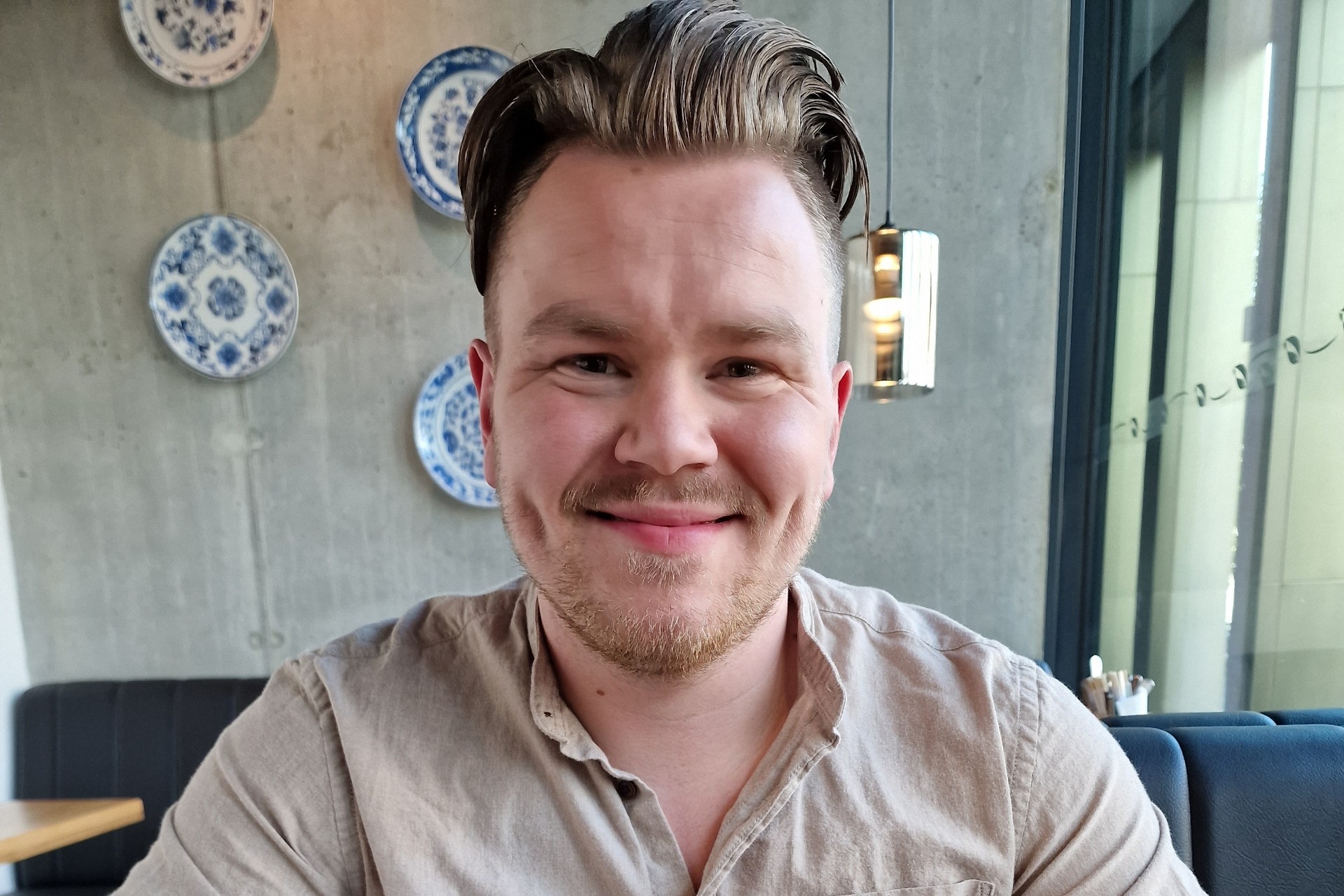
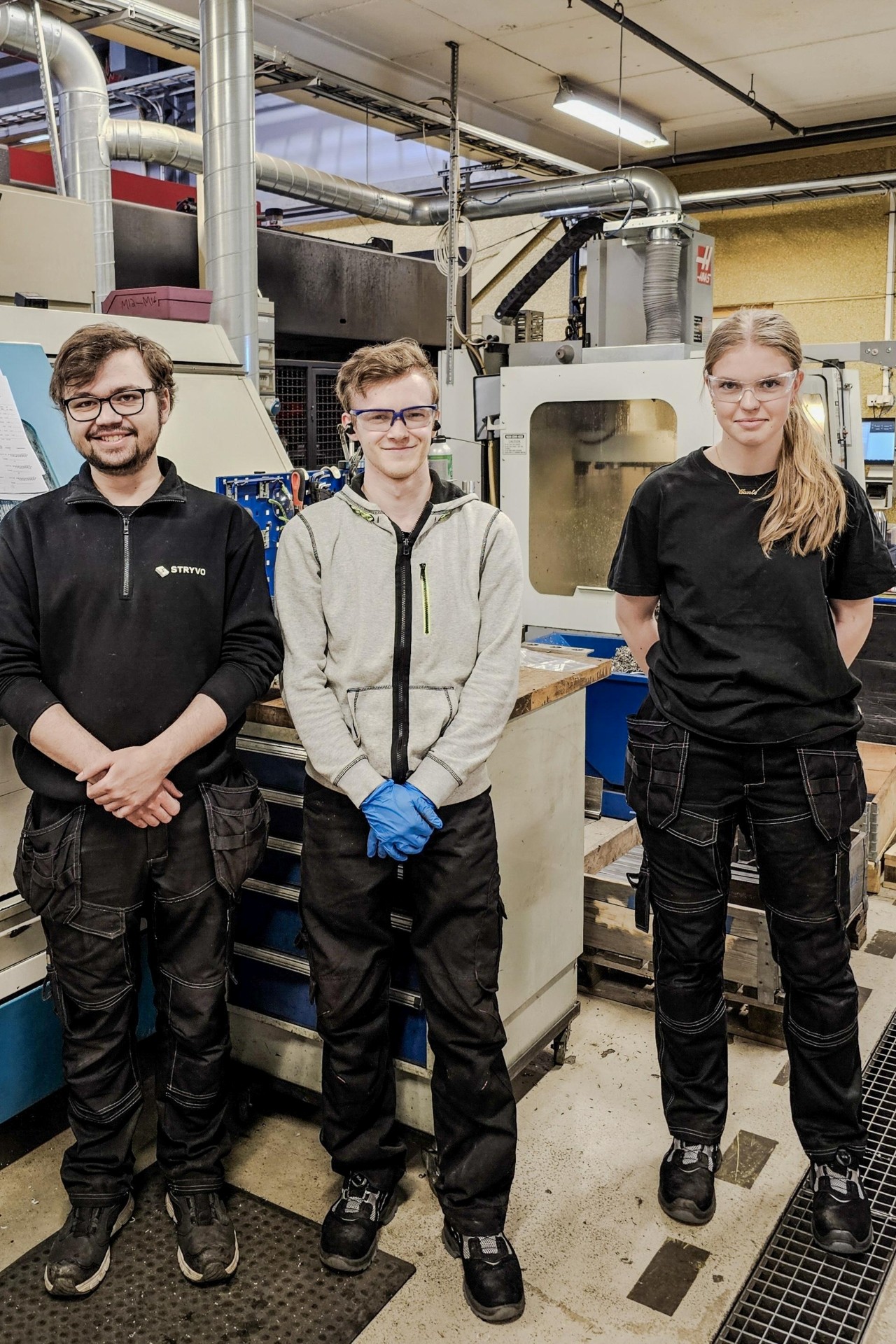
Prepared for Tomorrow
Stryvo has been strategically focused on skills development for many years to ensure access to the right expertise. Jonas himself started as an apprentice nine years ago and knows the process well.
─ For us, placement students represent a golden opportunity to evaluate potential future employees in a real work situation. This reduces the risk in the hiring process and allows us to continuously adapt to the need for desired competencies.
During the 2023/2024 season, over ten placement students have worked at Stryvo’s workshops. Some worked on set days each week, while others worked during periods that aligned with their school schedule. In common is that several have now been offered apprenticeship positions after the summer. In Oslo, six new apprentices will join the workshop. In Stryn, Sivert will start as a welding apprentice.
─ Professionally, I’ll gain even more experience in welding. I’ll also have the opportunity to try different tasks I wouldn’t get to do at school. Continuing as an apprentice at Stryvo also means I can stay here in the local community where I grew up, Sivert shares.
─ This highlights how important this program is for both students and companies. Companies get dedicated employees who are already familiar with the workplace, the processes, and the environment. It reduces the need for training and ensures a seamless transition to permanent employment in the long run, Jonas explains.
A Long-Term Investment
Investing in placement students is also an investment in innovation and the future. The mechanical industry must continually evolve to meet new environmental requirements and remain competitive on the global stage.
There’s no doubt that this group of workers is an invaluable resource for the industry. Perhaps it could even help reduce the current skills gap? By providing students with practical experience, we ensure that future workers are well-prepared for the challenges they’ll face. More will remain in the industry, and the demand for skills will be constantly met with relevant knowledge.
─ Young talents bring new perspectives and knowledge of modern technologies, such as digitalization and automation. This can be a driving force for innovation in a company like Stryvo. And it’s absolutely crucial for sustaining the future growth of the industry, Jonas concludes.
Would you like to know more about what we do?
We would like to hear from you.
